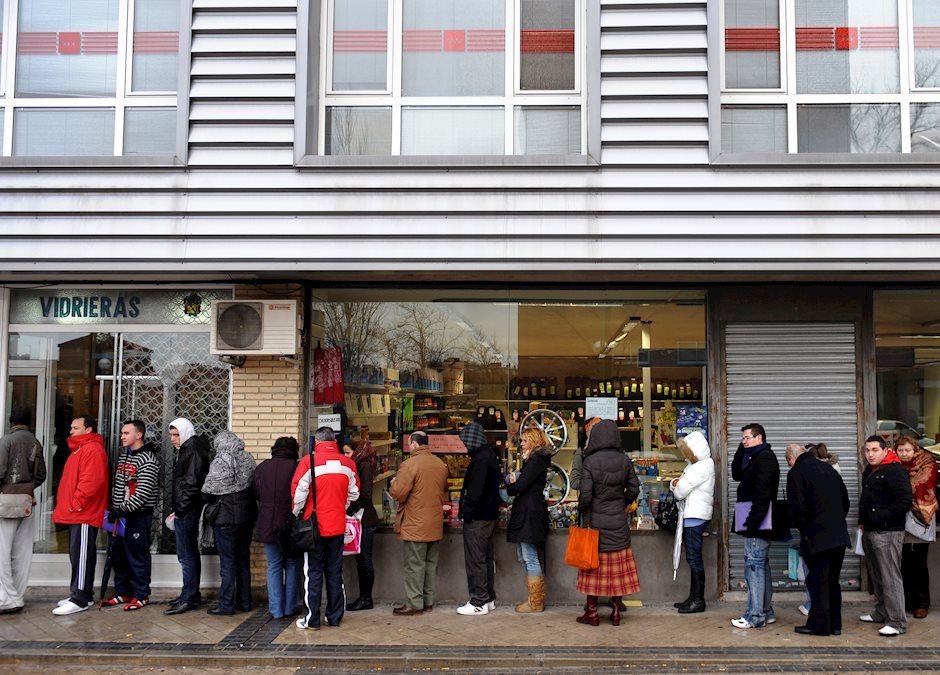Forex Weekly Outlook – Will U.S. dollar rebound after rough week?

The CORVID-19 outbreak has paralyzed the global economy and led to sharp volatility in the currency markets. In the upcoming week, we’ll get a look at manufacturing PMIs in China and the U.S, British GDP as well as U.S. nonfarm payrolls.
The Bank of Canada slashed rates from 0.75% to 0.25%, as major central banks continue to ease policy in order to stabilize the financial markets. British CPI dipped from 1.8% to 1.7%, while German and eurozone services PMIs pointed to sharp contraction.
The U.S. dollar was broadly lower last week, following a staggering figure for unemployment claims, which hit 3.2 million. This was due to the shutdown of many factories and businesses across the country. GDP for Q4 showed a 2.1% in the third estimate, confirming the previous estimate.
- German Preliminary CPI: All Day. German inflation came in at 0.4% in February, matching the forecast. The estimate for the initial March reading stands at 0.0%.
- Chinese Manufacturing PMI: Tuesday, 1:00. The CORVID-19 outbreak caused a massive slump in manufacturing in February, as the PMI plunged to 35.7 points. This was down from 50.0 in January and well below the estimate of 45.1 points. The index is projected to improve to 44.9, which still points to contraction.
- UK Final GDP: Tuesday, 8:30. Economic growth rebounded in Q3 with a gain of 0.4%, after a decline of 0.2% in Q2. However, the estimate for Q4 stands at 0.0%, which points to a lack of growth.
- Eurozone Inflation: Tuesday, 9:00. The final reading for January CPI came in 1.2%, confirming the initial estimate. The initial estimate for March stands at 0.8%.
- Canadian GDP: Tuesday, 12:30. Canada releases GDP on a monthly basis. In December, the economy grew 0.3%, its best month since April. Will the upswing continue in January?
- US ISM Manufacturing PMI: Wednesday, 14:00. The last two readings have been just above the 50-level, which separates expansion from contraction. However, the index is expected to slow to 46.0 in the upcoming reading.
- U.S. Employment Reports: Friday, 12:30. Wage growth is expected to dip from 0.3% to 0.2% in March. Investors are bracing for a rare decline in nonfarm payrolls, with an estimate of -81 thousand. The unemployment rate, which was 3.5% in February, is expected to climb to 3.8%.
- US ISM Non-Manufacturing PMI: Friday, 14:00. The services sector has looked strong, with the PMI continuing to post readings well above the 50-level. However, analysts are braced for a sharp slowdown in March, with an estimate of 48.0 points.
Author

Kenny Fisher
MarketPulse
A highly experienced financial market analyst with a focus on fundamental analysis, Kenneth Fisher’s daily commentary covers a broad range of markets including forex, equities and commodities.

















